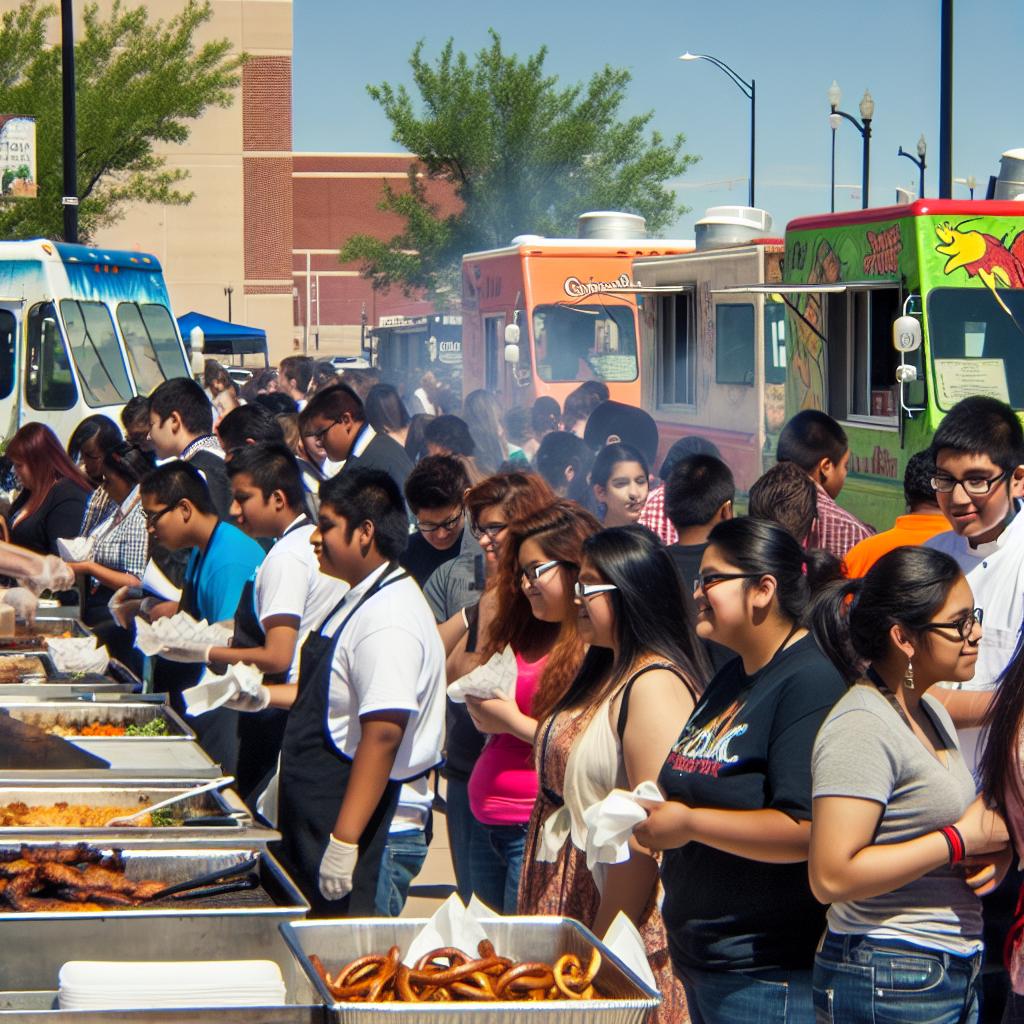Introduction
Local food trucks and street food vendors have become an integral part of the culinary landscape in many cities around the world. These mobile kitchens are captivating in their uniqueness and offer a variety of food options, often reflecting the cultural diversity of the area. One of the standout features of these establishments is their convenience and affordability, making them a popular choice among both residents and tourists. With the ability to move from one location to another, these vendors cater to different crowds of people at varying times, adding dynamism to their availability and reach.
History and Evolution of Food Trucks
The concept of food trucks is not a new phenomenon. It traces its roots back to the late 19th century when mobile food vendors played a crucial role in providing meals to city workers in bustling urban areas. Whether on the side of busy streets or near construction sites, these early vendors fulfilled the needs of workers who required quick yet hearty meals. In the ensuing decades, this concept underwent substantial transformation. In modern times, the food truck industry has tremendously evolved, symbolizing not just convenience but also innovation in the culinary industry.
Vendors today incorporate innovative menus that increasingly cater to diverse customer preferences. They experiment with fusion cuisines and artisanal foods, thinking outside the proverbial box to offer something unique. Alongside this, the emergence of varied business models, such as collaborations with other local businesses, has transformed the way food trucks operate. Technological advancements have further enabled food trucks to reach broader audiences. Social media, for instance, serves as a powerful tool for promotion, allowing vendors to announce their locations and dishes in real time, thus building a loyal customer following.
Impact on Local Economies
Food trucks are more than just purveyors of delicious meals; they are vital cogs in the economic machinery of local communities. By creating jobs, food trucks alleviate unemployment, offering roles ranging from chefs and servers to logistical support. Moreover, food trucks often support other businesses through their purchase of ingredients and supplies. In doing so, they become conduits for economic interaction and collaboration.
These mobile vendors frequently collaborate with local farmers and producers, thereby promoting the increasingly popular farm-to-table movement. This symbiotic relationship not only ensures that the food offered is fresh and sourced responsibly but also helps local agriculture thrive. By setting up shop at community events and festivals, food trucks play a part in generating economic momentum, attracting tourists, and increasing foot traffic in various neighborhoods. This, in turn, brings vibrancy and energy to locales they operate in, making them community staples.
Cultural Significance
Street food has long served as a medium for cultural exchange, offering individuals a chance to savor international cuisines without the need to travel outside their city. Food trucks often act as cultural ambassadors, reflecting the cultural identity and heritage of their owners. It’s not uncommon to find Chinese dumplings being sold alongside Mexican tacos, Thai curries, or even new culinary innovations that blend aspects from different cuisines. By offering traditional dishes alongside contemporary creations, food trucks contribute richly to the area’s cultural tapestry.
This cultural diversity enhances the culinary landscape and enriches the local food ecosystem, granting people the opportunity to broaden their culinary experiences. In turn, this fosters a greater understanding and appreciation for different cultures, promoting inclusivity and dialogue through the universal language of food.
Regulations and Challenges
Despite their burgeoning popularity, operating a food truck is not without its hurdles. Vendors are required to adhere to specific health and safety regulations as set by local authorities. These regulations are in place to ensure public safety and cover various aspects such as food handling, sanitation, and vehicle safety. Regular inspections are often conducted, requiring operators to maintain high standards of hygiene and quality.
In addition to regulatory compliance, food truck operators face challenges that can impede their operations. Finding suitable parking spaces in urban settings can pose a significant difficulty due to restrictions or limited availability. Seasonal weather conditions are another obstacle, as poor weather can deter foot traffic or make operation logistically challenging. Lastly, the presence of established brick-and-mortar restaurants often means stiff competition. However, this competition can also challenge both sides to maintain or elevate the quality of food and service offered, ultimately benefiting consumers.
Conclusion
The rise of local food trucks and street food vendors is emblematic of a broader shift towards a more dynamic and accessible culinary experience. These mobile food establishments provide more than just diverse dining options; they play an important role in supporting local economies and fostering cultural exchange. As the industry continues to grow, it is expected to adapt to changing consumer preferences and evolving regulatory frameworks. For those curious about exploring this innovative culinary trend further, numerous resources and industry organizations can offer valuable insights. For instance, you can delve deeper into the intricacies of the food truck world by exploring resources like Mobile Cuisine, which provide a wealth of information on trends, regulatory issues, and gastronomical innovations in the industry.

